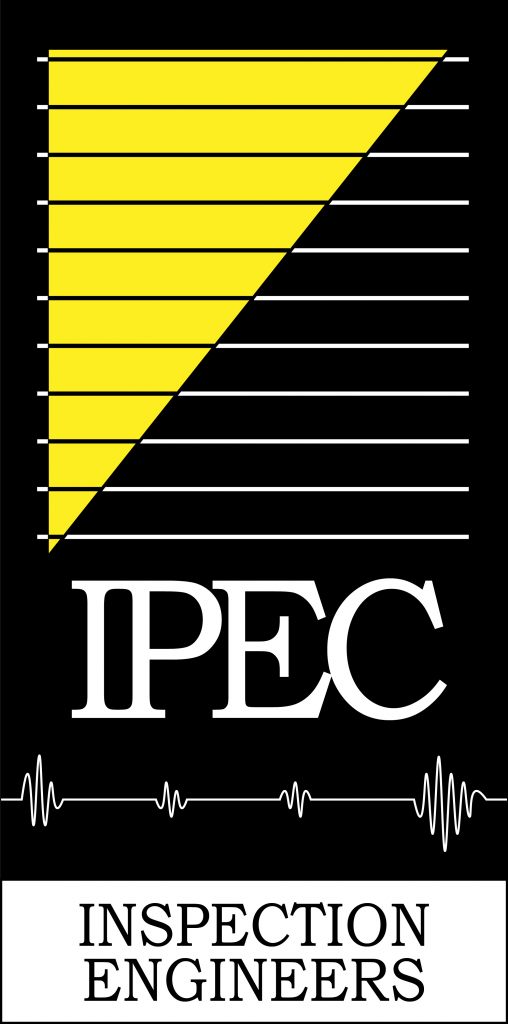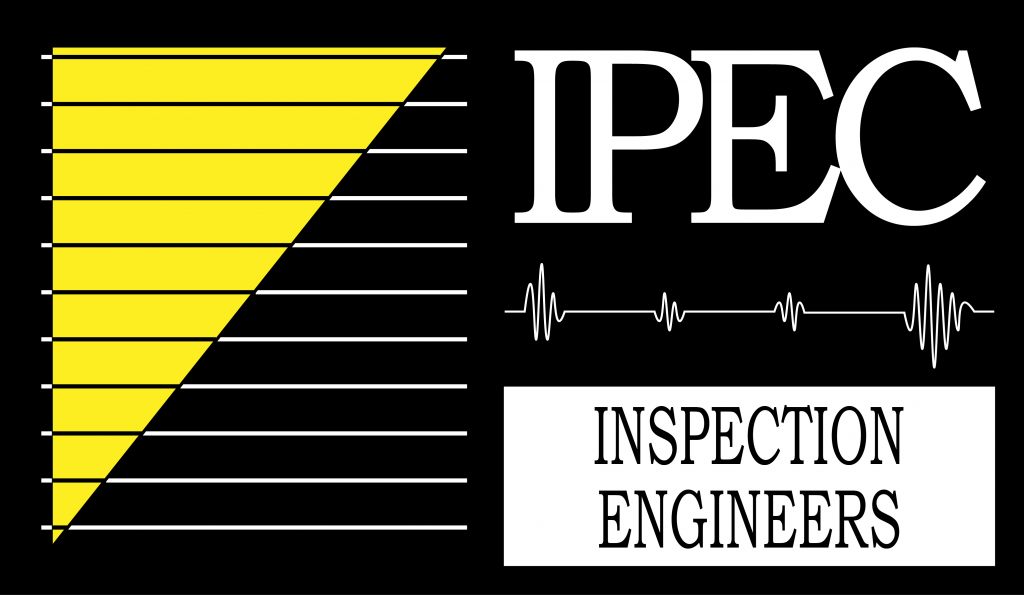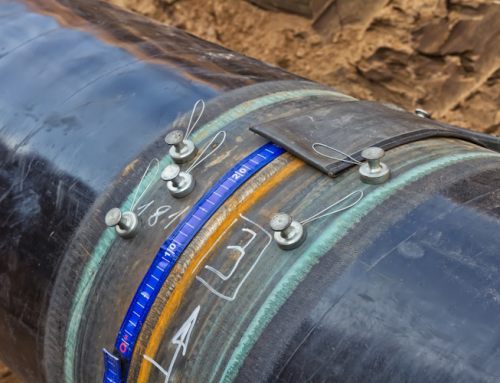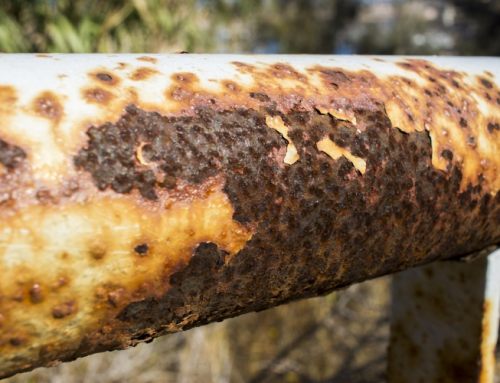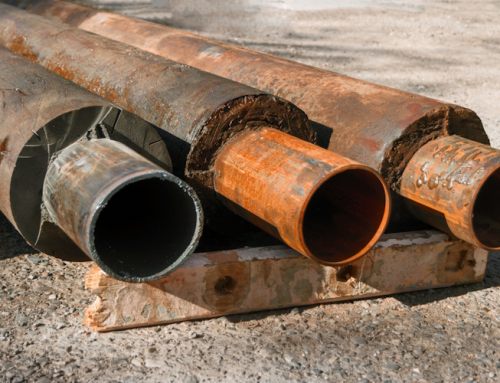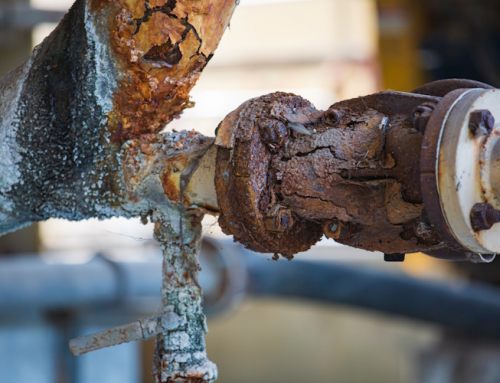Time of Flight Diffraction (TOFD) is a reliable method of advanced ultrasonic testing (UT) used in weld inspection. TOFD uses the “time of flight” of an ultrasonic pulse to find the location of a reflector. It can also be used for weld overlays and the heat affected zones of other components as well such as piping, pressure vessels, clad material, storage tanks, and structural steel.
Like most UT methods, TOFD works by emitting sound waves into a component and measuring the time from them to return. What makes TOFD different from other UT methods is that, rather than measuring only for the high amplitude sound waves that reflects off of the back of the component, it instead measures the response time of low amplitude waves that are diffracted by the tips of cracks.
TOFD was initially developed to accurately monitor and size the through-wall height of in-service discontinuities in the nuclear industry. It has now been independently validated as one of the most effective techniques for locating and sizing discontinuities in ferritic welds. It is often used in conjunction with Phased Array Ultrasonic Testing (PAUT) in order to perform single sided examinations of welds.
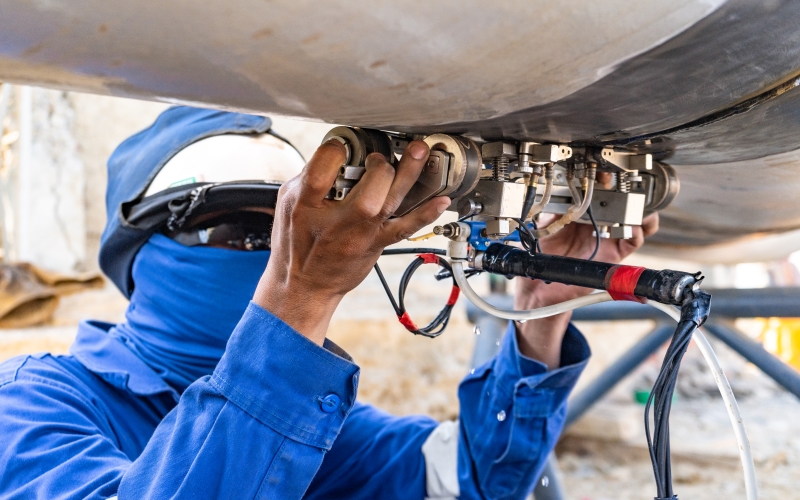
(Image of a PAUT / TOFD inspection using a semi-automated, purpose built inspection jig)
How it Works
In TOFD a pair of ultrasonic probes sit on opposite sides of a weld-joint or area of interest. A transmitter probe emits an ultrasonic pulse which is picked up by the receiver probe on the opposite side. In an undamaged part, the signals picked up by the receiver probe are from two waves: one that travels along the surface (lateral wave) and one that reflects off the far wall (backwall reflection). When a discontinuity such as a crack is present, there is a diffraction of the ultrasonic sound wave from the top and bottom tips of the crack. Using the measured time of flight of the pulse, the depth of the crack tips can be calculated automatically by trigonometry application. This method is even more reliable than traditional radiographic, pulse echo manual UT and automated UT weld testing methods.
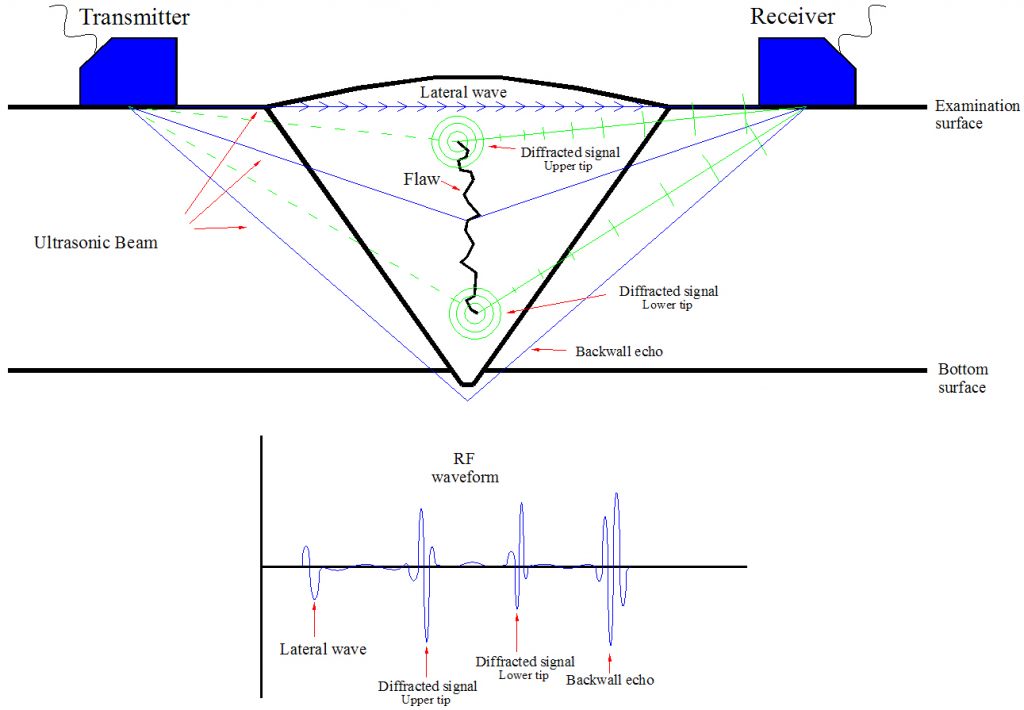
TOFD is one of the fastest methods of non-destructive testing because unlike other types of UT methods, generally only one scan is required to find any defect information within the weld. It can also locate and measure the size of many different types of defects with incredible precision. An accuracy greater than ±1mm can be obtained in a wide range of material thickness from which pressurised components are constructed. It also has a high degree of repeatability. Because of this, the growth of any flaws can be tracked over time. Finally, it is able to detect damage which would traditionally only be able to be detected through other techniques, such as pulse echo or radiography.
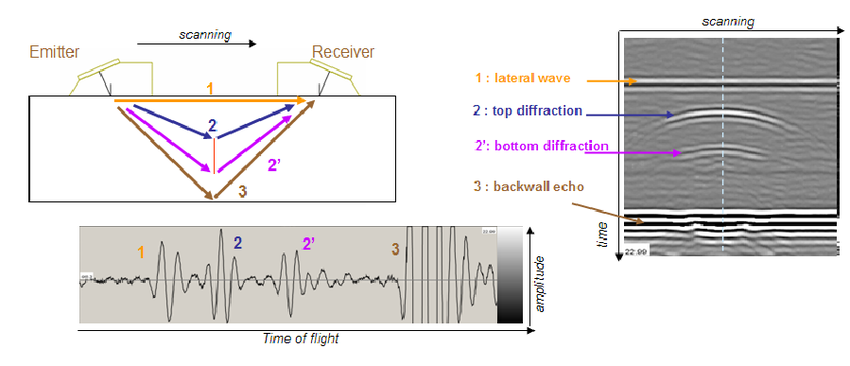
Advantages
- Can take place during production work – no shutdown is required
- No radiation with this method
- Inspection data is recorded and can be stored digitally for future reference
- Inspection results are immediately available
- Quick inspection method
- Sensitivity to all weld flaw types including cracks, slag and lack of fusion
- Accurate sizing of defects
Source/Credit:twi_technical_knowledge, inspectioneering_tofd & olympus_tofd_tutorials
Author: James Murphy, Operations Manger of IPEC Inspection Ltd.
